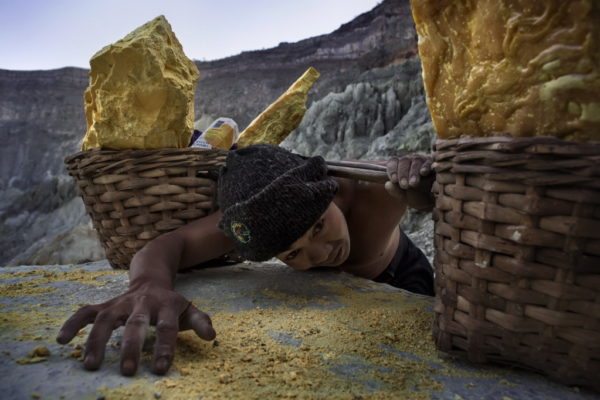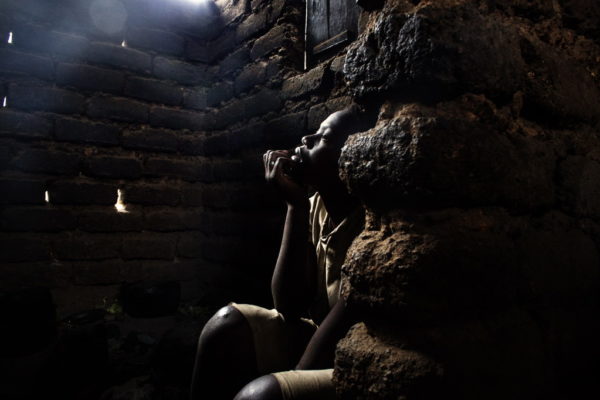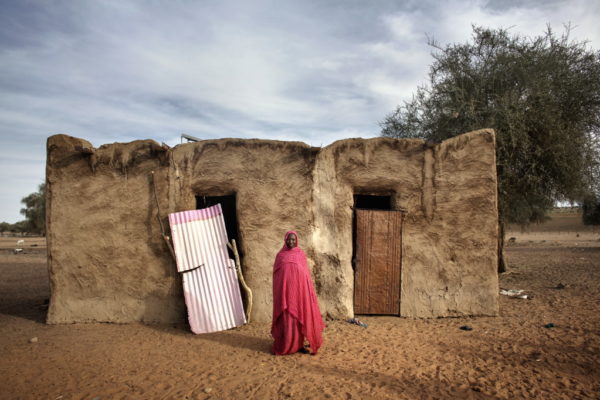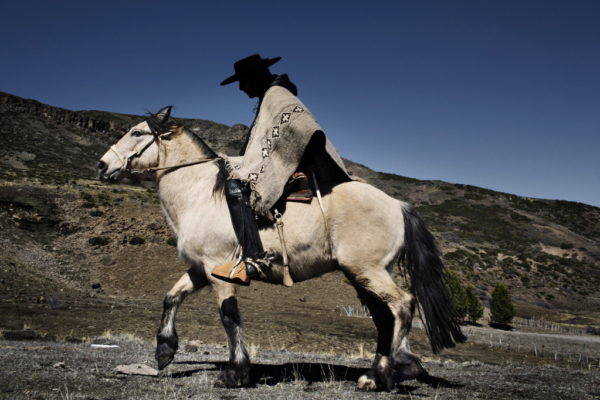X
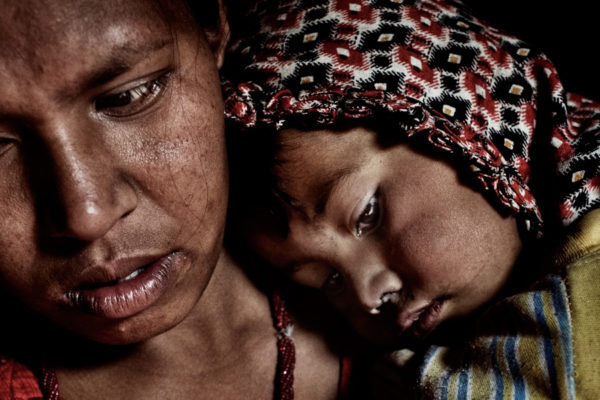
In journalism there are unwritten rules that address the illogical logic of information: what is relevant today may not be true tomorrow. It’s called “agenda setting”, a system in mass communication which explains why the media cover and report certain events over others, hierarchising the news according to a subjective order of importance and shifting attention from one news without leaving space to deepen into the topic. It is the theory of the “relevant transferral”: what should be news is dealt with superficially, whereas what is superfluous suddenly gets thrown at the opening of TV shows and on the front pages of newspapers and magazines. The first victim of this mundane, hurried and marginal journalism, are humanitarian tragedies. So those who are marginalised by globalisation, those who are far from the spotlights and cameras, are swallowed up by the globalisation of indifference, or by hypocrisy of those who transform, only for a few moments, those disadvantaged places in a red carpet from vaudeville. Faced with this narrative, at times with sub media attention sometimes with hyper media attention, only photography can make visible what was previously invisible to the public eye. The project “Invisible people” by the photographer Luca Catalano Gonzaga, supported by the Nando and Elsa Peretti Foundation, in collaboration with the Unrepresented Nations and Peoples Organization (UNPO), tells of distant realms inhabited by forgotten people, but also of men, women and children whose lives have been devoured by old and new forms of exploitation. They have different stories that intertwine with each other, connected by an invisible thread called oblivion. (text by Sebastiano Caputo).


